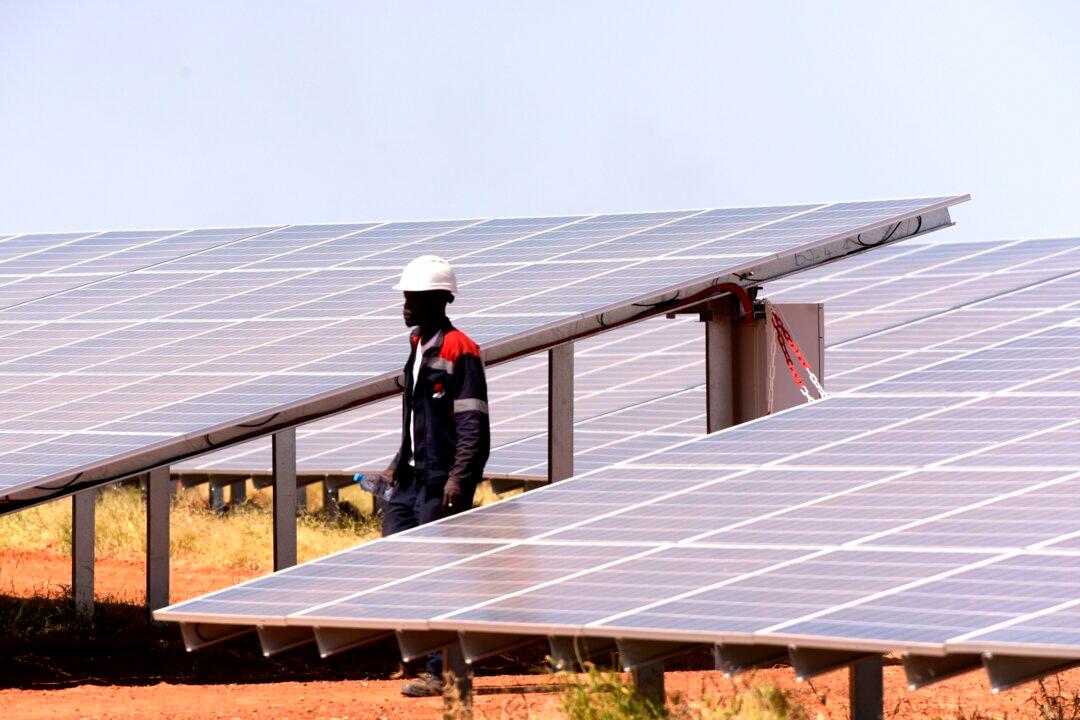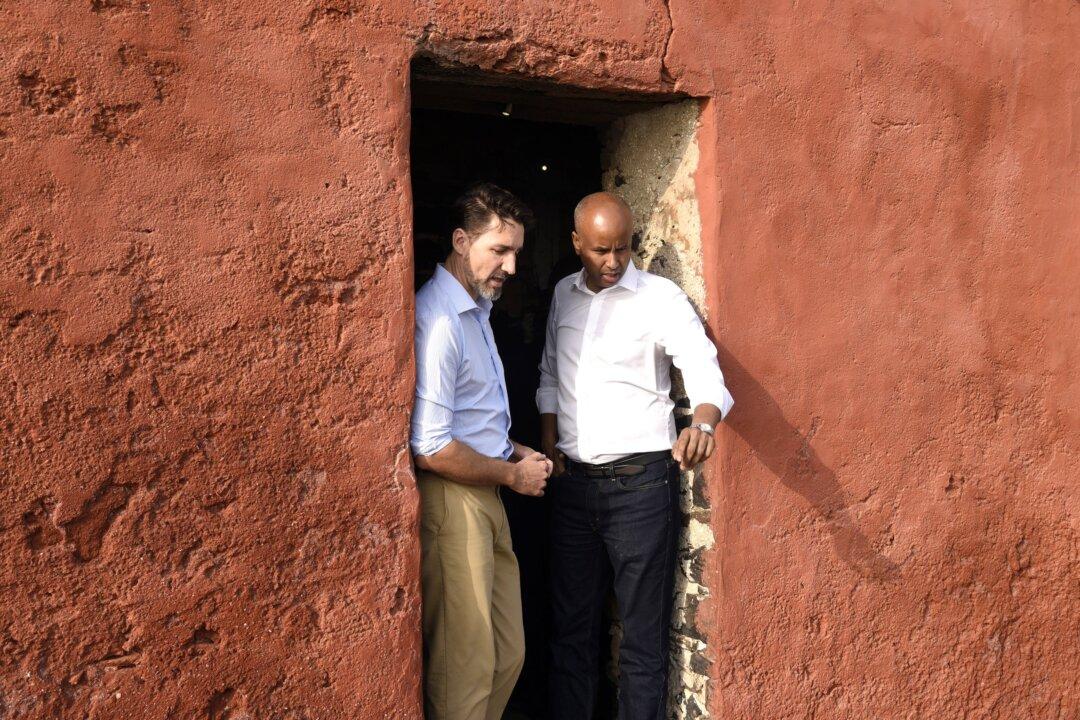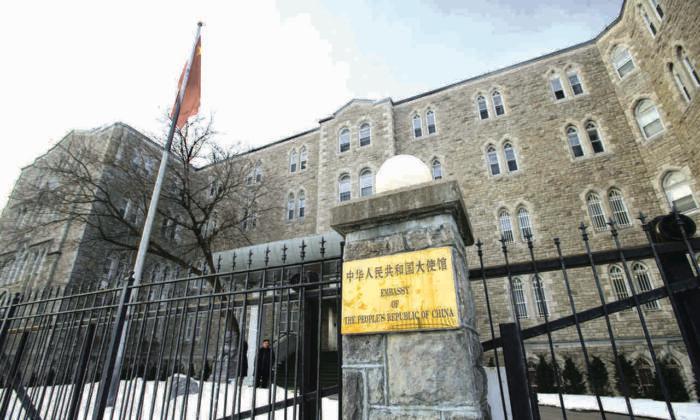Canada’s expenditures in this category between the years 2016 and 2023 after the Liberal government came to power saw a rise of 87 percent compared to the inflation-adjusted total expenditures between 2008 and 2015.
Renewables Funding
At $786 million, energy generation, distribution, and efficiency accounted for approximately 5 percent of foreign aid funding in 2022–2023, the latest year for which data is available.Of this total sum, nearly three-quarters, or $555 million, comes from renewable energy funding.
Investments for administrative and educational initiatives, as well as small amounts for electric transmission and distribution grids, account for the balance of the funding.
Small amounts of less than 1 percent are allocated to natural gas and nuclear sources of energy.
The funding, announced in 2021, will focus on four areas: “clean energy transition and coal phase-out,” “climate-smart agriculture and food systems,” “nature-based solutions and biodiversity,” and “climate governance.”
Highest Jumps
The Epoch Times analysis shows, in aggregate, Canada’s total inflation-adjusted foreign aid grew by a quarter in the Trudeau years, with $69.7 billion spent from 2016 to 2023, compared to $55.9 billion from 2008 to 2015, in 2023 dollars.
Funding in the energy category had a jump of 87 percent in the eight years after 2015, when the Liberals came to power, compared to the previous eight years. In 2023 dollars, Canada spent $3.55 billion on energy-generation aid between 2016 and 2023, compared to $1.9 billion between 2008 and 2015.
This percentage change is even higher than the change in the category that includes refugee aid, which had a major jump in 2022–2023 due to the start of the Ukraine war.
The “other aid expenditures” category, which includes refugee and asylum seeker costs and other unallocated expenditures, increased by 85 percent in the Trudeau government years. Total spending from 2016 to 2023 in this category was $17.24 billion, compared to $9.3 billion between 2008 and 2015, in 2023 dollars.
The third category with the highest increase was “other social infrastructure,” which went up 45 percent. Total spending in this category in 2023 dollars between 2016 and 2023 was $1.42 billion, compared to $974 million between 2008 and 2015.
Areas with the sharpest percentage drop under the Trudeau government included multi-sector aid, consisting of aid in areas such as research institutions and disaster risk reduction, with a decrease in funding of 30 percent. Total expenditure in this category from 2016 to 2023 in 2023 dollars was $3.89 billion, compared to $5.57 billion in 2008–2015.
Foreign Aid
Canada’s total foreign aid in 2022-2023 came to $16 billion.The biggest spending was in a general category titled “other aid expenditures,” the majority of which is comprised of funding for refugees and asylum seekers. This category accounted for 48 percent of the total spending, seeing an increase due to the war in Ukraine and Canada’s major aid undertaking for that region.
The next category with the highest funding was health, with a budget of $1.78 billion, or 11 percent of the total aid expenditure, followed by humanitarian assistance at $1.29 billion, or 8 percent of the total funds.
Energy generation, distribution and efficiency, government and civil society, education, agriculture, forestry and fishing, population policies/programs and reproductive health, and multi-sector aid each accounted for 3–5 percent of Canada’s total aid spending, ranging from $460 million to roughly $790 million.
Other categories with less than 3 percent of allocation of the total expenditure included conflict prevention and resolution, peace and security, other social infrastructure and services, general environmental protection, banking and financial services, water and sanitation, transport and storage, industry, business and other services, communications, and trade policy and regulations.






